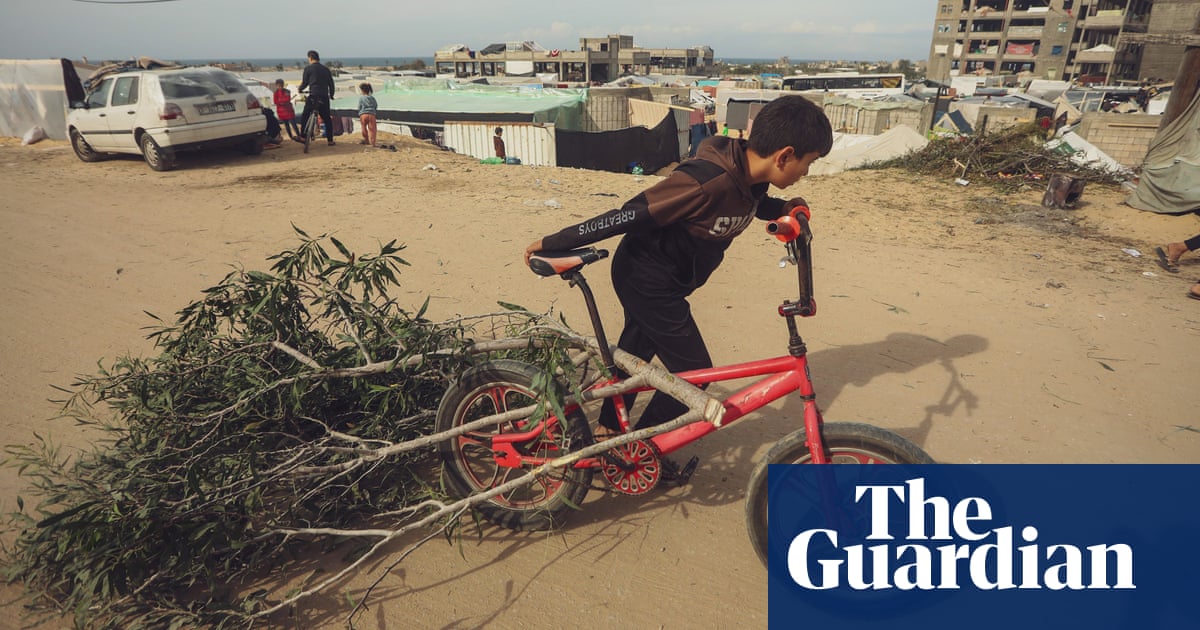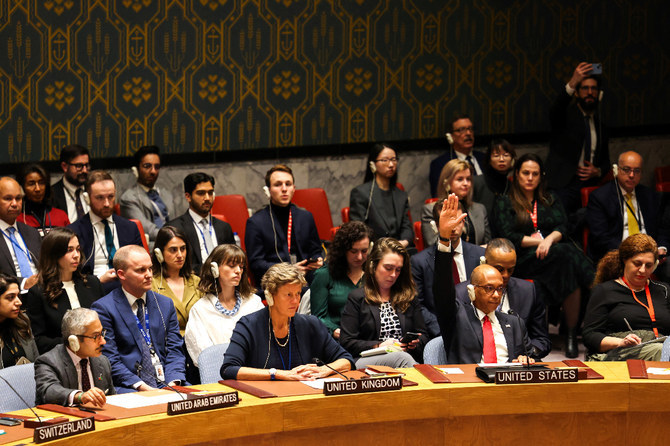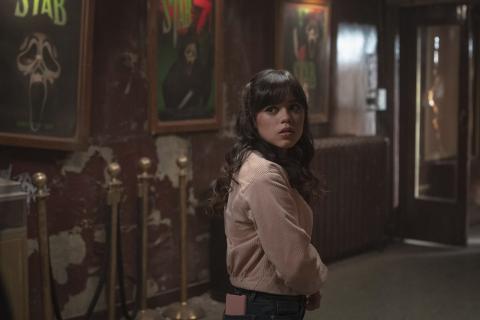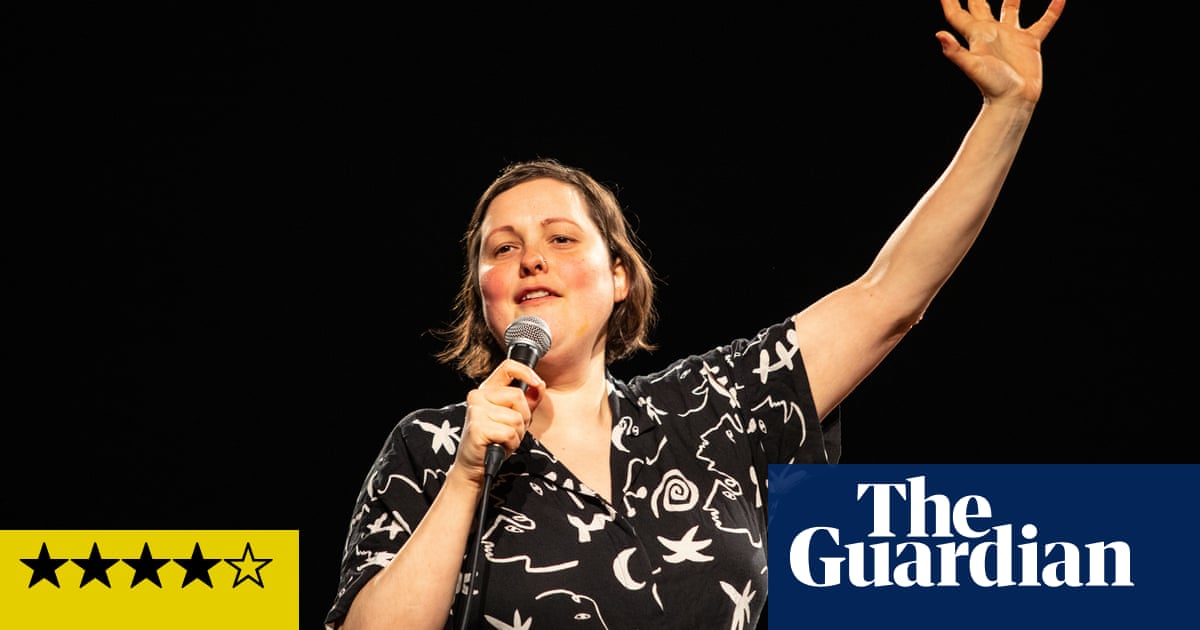
In its 92-year history, the Courtauld Gallery in London has never acquired or exhibited photography – until now. Its inaugural exhibition is Roger Mayne: Youth, devoted to some 60 works by the self-taught British photographer best known for his documents of working-class children on the poor and battered streets of postwar London.
When trying to open up programmes to new audiences, photography is a natural step for any institution that has previously ignored the medium. Mayne seems a safe choice for a gallery known mostly for its collection of impressionist and post-impressionist paintings, one its usual audiences might not balk at. They might compare Mayne’s populated group shots to impressionism’s busy scenes of people at leisure. Even the ideas of the impressionists somewhat inform Mayne’s approach to documentary photography – the notion that there is a difference between what is in front of you and what you see.
As well as helping to shape the visual identity of postwar Britain, Mayne’s photographs of the country’s youth on destitute streets came at a time when children’s rights were being rigorously discussed, and the progressive theories of Donald Winnicott and John Bowlby were shaping British policies on children and families. A photograph by Mayne appeared on the covers of many publications of child psychology and sociology, including the paperback cover of Bowlby’s Attachment and Loss Vol 1.
He was also all over the British press: the image Goalie, included in this exhibition, appeared on the front page of the Observer on 24 August 1956. In the dramatic picture, a young footballer dressed in a thick blazer, shirt and shorts, dives after a ball on the street; Mayne catches the moment just before both presumably hit the pavement hard. The photograph reflects a duality ever-present in Mayne’s work – the harsh reality of circumstances perceived by the adult viewer and the child’s playful innocence in the face of it. This is underpinned by a certain wistfulness – a pining for the childhood Mayne himself never had, growing up in an austere, strict family environment.
Youth includes mostly ambitious, large-scale prints Mayne made himself – the only traces of his chemistry degree – which reveal his desire to turn his images into art at a time when photography wasn’t widely considered an art form. Mayne also sought to embed himself in the communities he photographed – a different approach to the cohort of point and shoot photographers of the time. His most famous pictures, for instance, were taken on Southam Street in west London between 1956 and 1961. The street was largely demolished to make way for Trellick Tower in the 1960s. In 1956 it was virtually uninhabitable but, as Mayne saw it, vibrating with life.
Mayne’s images show the then-baby baby boomers turning the precarity and dereliction of their surroundings into a playground. Children clutter up porticoes and pose in the bombed-out windows of a building. “Take our picture, mister!” they apparently cried out to Mayne as he strolled by with his Rolleiflex. In other large-scale prints, a baby is balanced on a bicycle, and a young boy’s face expresses pure ecstasy as he hurtles along a zip line in a crudely constructed early-era adventure playground – part of a movement to transform junk yards and bomb sites into places for play. Mayne’s pictures of the children in Kensal Town or Notting Hill demonstrate how intuitively and creatively children do this.
The second half of this two-room exhibition casts Mayne’s photography in an entirely different light. A cache of pictures he took of artist Nigel Henderson and his family, and a small collection of photographs of Mayne’s own children and grandchild, explore the role of the family from inside. They are rare glimpses of the domestic through the lens of a male photographer, understanding his position as a father and caregiver in his own family. There is a self-portrait of the photographer holding his baby daughter; a closeup of his daughter breastfeeding; his infant son in a pram in Trafalgar Square. In 1991, his daughter holds her daughter, eating spaghetti with one arm. These images reveal Mayne’s willingness to be vulnerable, to vie with conventional ideas about family dynamics. They have had no attention until now. I only wish there were more of them.
The exhibition builds to a climax in Mayne’s later pictures of coquettish tweens and teens bopping and flexing at funfairs and festivals. They are full of the irresistible optimism, joy and freedom of young people. Even as everything has fallen apart, and will fall apart again.
Roger Mayne: Youth is at the Courtauld Gallery, London, until 1 September












